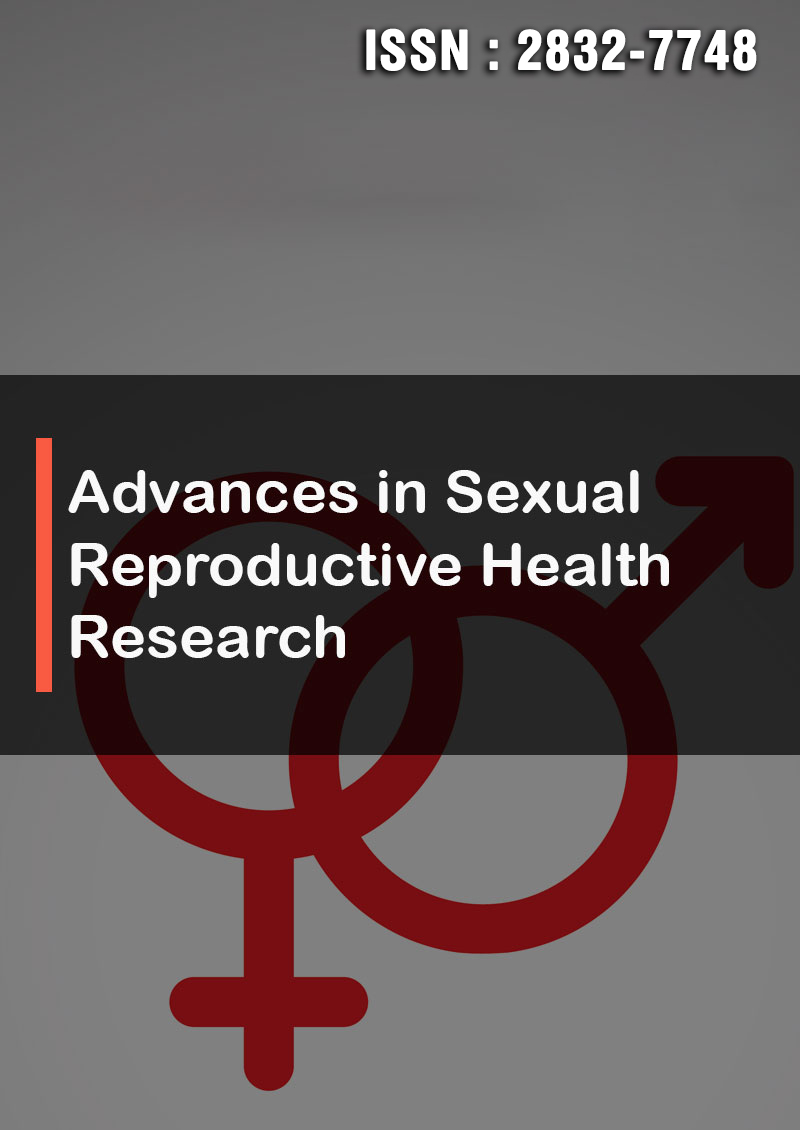Impact of Antipsychotics on the Sexuality of Patients Diagnosed with Schizophrenia
Abstract
Fares Jaballah, Mokhtar Ferhi, Jihene Mannaii , Yosra Zgueb and Rabaa Jomli
Background: Sexuality is a natural component of human behaviour. The general population has been extensively studied since the first half of the 20th century. On the other hand, regarding patients treated for Schizophrenia (SCZ), discussing sexual disorders was initially considered inappropriate because it was thought they should not be sexually active. Given these findings, this work proposes to study the sexuality of patients with SCZ.
Aim: Our objectives were to assess the sexuality of patients with schizophrenia, to identify factors associated with sexual dysfunction among these patients, and to determine practitioners' attitudes toward the sexuality of our study population.
Methods: This is a cross-sectional study carried out in the psychiatry department of Kairouan (outpatient department), including 46 patients diagnosed with schizophrenia. A pre-established information sheet was completed for each patient recruited, including socio-demographic and clinical data; on the other hand, three scales ensured a sexual psychometric evaluation: Psychotropic-Related Sexual Dysfunction Questionnaire PRSexDQ - SALSEX ), Arizona Sexual Experiences Scale (ASEX) and Changes in Sexual Functioning Questionnaire - Male Clinical Version ( CSFQ -M -C ).
Results: Concerning the evaluation of sexuality according to the scales used, SD according to the PRSexDQ-SALSEX scores was observed in 31 patients (67.4%). According to the ASEX scores, 24 patients (52%) had a SD, and for the total score of the CSFQ-M-C, 27 patients (58.7%) had a SD. We cannot confirm the existence of a relationship between the dose of the current treatment (in chlorpromazine equivalent) used and the results of the test assessing sexuality. In addition to these results, we can deduce the existence of a statistically significant association between the antipsychotic used and the results of the PRSexDO-SALSEX only.
Conclusions: we recommend that screening for SD in patients followed for SCZ should be systematic, regardless of the AP molecule type and dosage. In this regard, we recommend the establishment of a better therapeutic relationship between caregivers and patients followed for SCZ, based on empathy and trust, so that the latter feel comfortable enough to address the sexual dimension in general and SD in particular.




